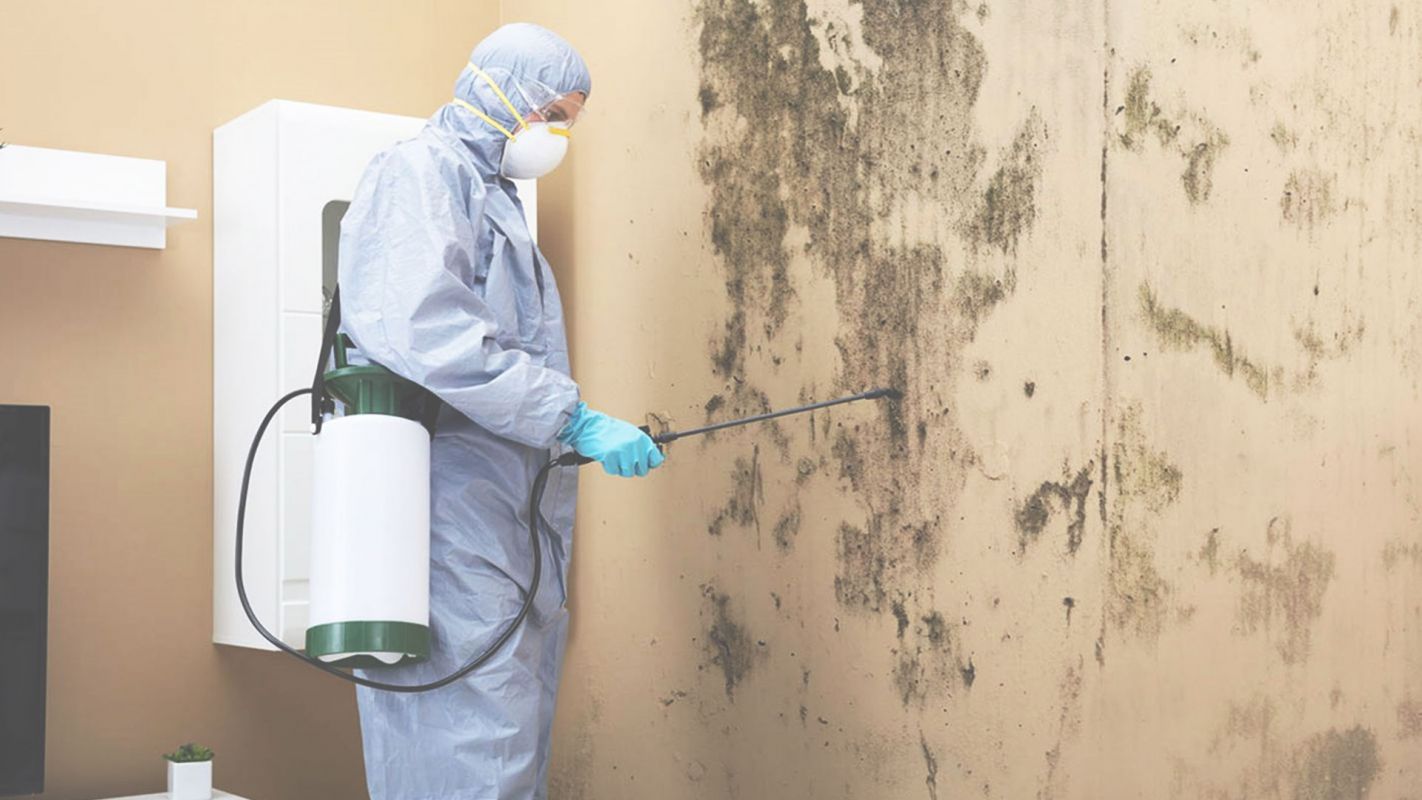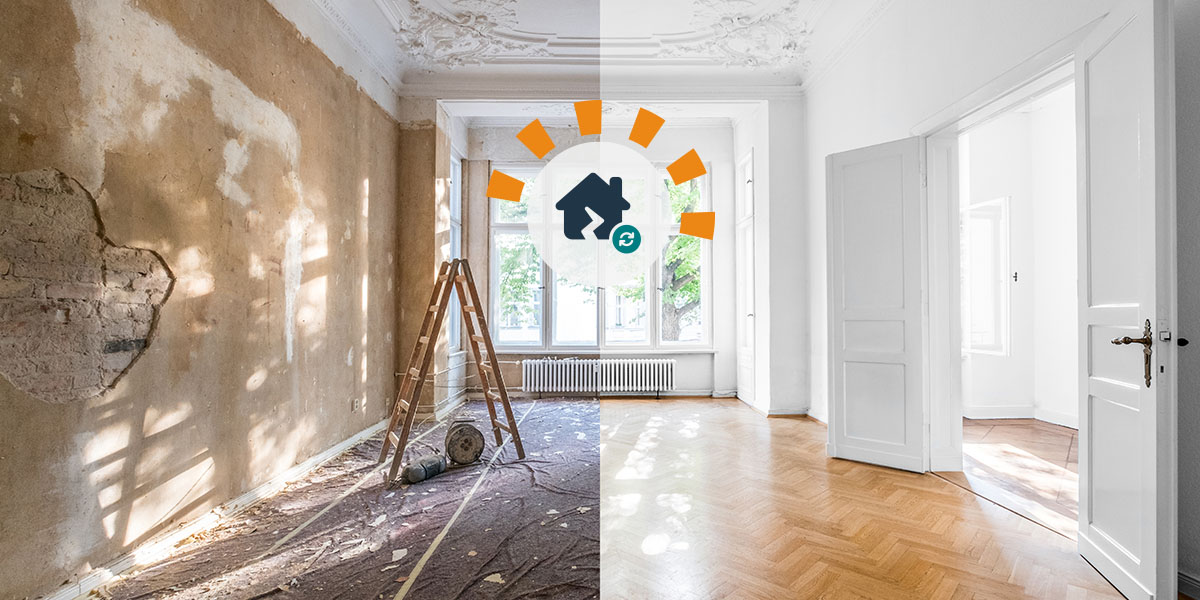Mold remediation is the process of removing and preventing the growth of mold in indoor environments. Mold remediation services are essential for addressing mold infestations and restoring indoor air quality. Here are the key steps involved in Mold Remediation in Anaheim CA:
- Inspection and Assessment: A professional mold remediation company begins by conducting a thorough inspection of the property to identify areas affected by mold growth. This may involve visually inspecting visible mold growth, testing air and surface samples for mold spores, and assessing moisture levels in the environment.
- Containment: To prevent the spread of mold spores to unaffected areas, containment measures are implemented. This may include sealing off contaminated areas with plastic sheeting, setting up negative air pressure systems, and using air scrubbers to filter mold spores from the air.
- Moisture Control: Mold requires moisture to thrive, so controlling moisture levels is crucial in mold remediation. Remediation professionals identify and address sources of moisture, such as leaks, condensation, or high humidity levels, to prevent mold recurrence.
- Removal of Mold Contamination: Mold-contaminated materials, such as drywall, carpeting, insulation, and furnishings, are carefully removed and disposed of according to industry standards and local regulations. Non-porous materials may be cleaned and treated with antimicrobial solutions to kill mold spores.
- Cleaning and Disinfection: Surfaces and materials in affected areas are thoroughly cleaned and disinfected to remove mold spores and prevent regrowth. HEPA vacuuming, scrubbing with antimicrobial solutions, and wiping down surfaces are common cleaning methods used in mold remediation.
- Air Filtration: Air filtration devices, such as HEPA (High-Efficiency Particulate Air) filters and air scrubbers, are used to capture airborne mold spores and improve indoor air quality during remediation activities.
- Drying and Dehumidification: After mold removal and cleaning, affected areas are dried and dehumidified to eliminate excess moisture and inhibit mold growth. Industrial-grade drying equipment, such as air movers and dehumidifiers, may be used to accelerate the drying process.
- Post-Remediation Verification: Once remediation is complete, a final inspection and testing are conducted to ensure that mold contamination has been effectively remediated. This may involve visual inspection, air and surface sampling, and moisture testing to confirm that mold levels are within acceptable limits.
- Preventative Measures: To prevent future mold problems, remediation professionals may recommend measures such as improving ventilation, repairing water leaks, maintaining proper humidity levels, and implementing moisture control strategies.
- Educational Resources: Mold remediation companies often provide educational resources and guidance to property owners on mold prevention, maintenance, and indoor air quality management to help minimize the risk of future mold issues.
By following these steps and working with experienced mold remediation professionals, property owners can effectively address mold contamination, restore indoor air quality, and create a healthier living or working environment.

